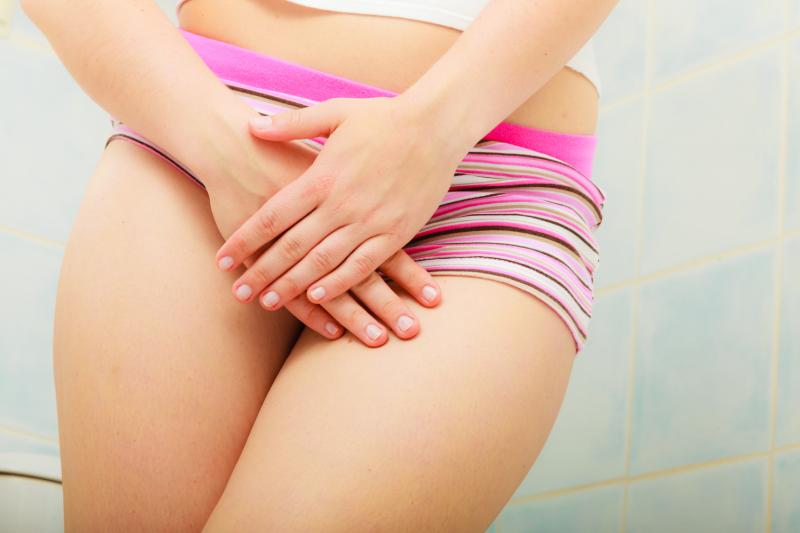
Ospemifene appears to produce significant improvements in bladder wall thickness and vaginal dryness, as well as reductions in the number of episodes of nocturia and urgency, among others, in women with vulvovaginal atrophy (VVA) and overactive bladder (OAB) symptoms refractory to β3-agonists or antimuscarinic drugs, a study has shown.
Twenty-five women with OAB refractory to first-line therapy received ospemifene 60 mg for 12 weeks for concomitant VVA. All of them completed a 3-day voiding diary and underwent ultrasound examination of bladder wall thickness, and evaluation by Visual Analogic Scale (VAS) of vaginal dryness at baseline and at the end of treatment.
Researchers also evaluated urinary symptoms and their impact on the quality of life and identified any predictors of response to ospemifene treatment.
Twelve weeks of treatment yielded a significant decrease in the daily numbers of episodes of micturition, nocturia, urgency, and incontinence, as well as reductions in bladder wall thickness and vaginal dryness. There were parallel improvements in quality of life, as reflected in OverActive Bladder questionnaire and Urogenital Distress Inventory SF scores.
Of note, patients who responded to treatment were more likely to have a lower prevalence of constipation and a higher degree of vaginal dryness at baseline.
The present data highlight ospemifene as a useful option for postmenopausal women with VVA and refractory OAB symptoms, according to the researchers. This treatment might be considered before resorting to invasive options.